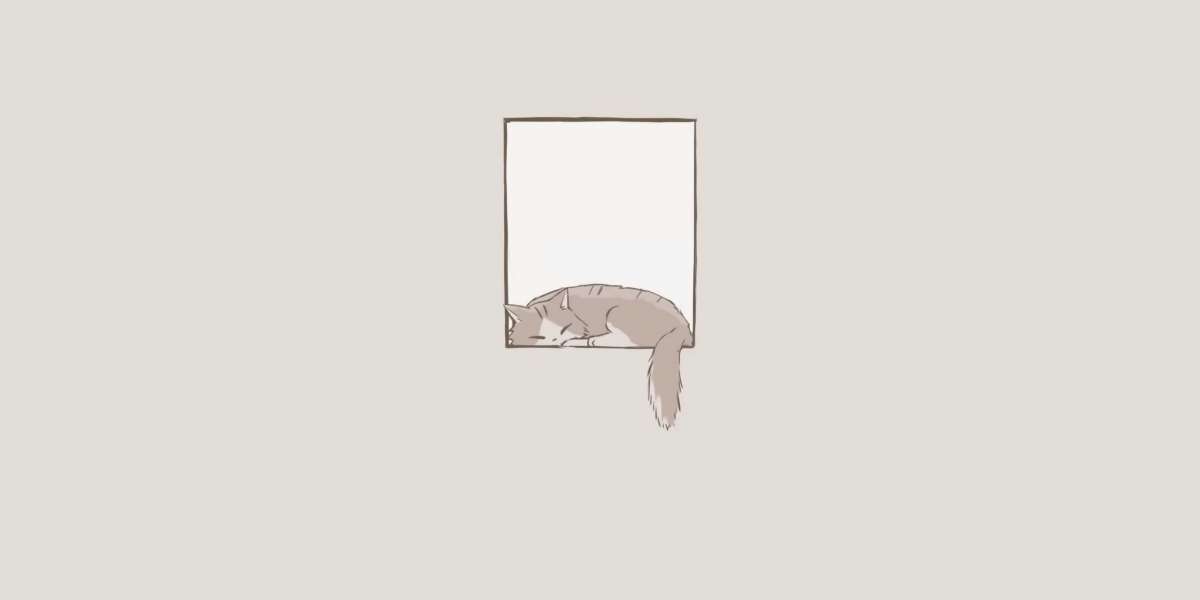3D printing has revolutionized the way we create and manufacture objects, but one common issue that many users face is 3D printer nozzle clogging. This problem can lead to frustrating interruptions and wasted materials. Understanding the causes of nozzle clogs is essential for maintaining a smooth printing experience.
What Causes 3D Printer Nozzle Clogging?
There are several factors that contribute to 3D printer nozzle clogging. Here are some of the most common causes:
- Filament Quality: Low-quality filament can contain impurities that lead to clogs.
- Temperature Settings: Incorrect temperature settings can cause the filament to not melt properly.
- Moisture Absorption: Filament that absorbs moisture can swell and create blockages.
- Improper Maintenance: Neglecting regular cleaning and maintenance can lead to buildup inside the nozzle.
Signs of a Clogged Nozzle
How can you tell if your 3D printer nozzle is clogged? Look for these signs:
- Inconsistent extrusion of filament.
- Visible gaps in printed layers.
- Unusual sounds during printing.
- Filament not feeding properly into the extruder.
Preventing 3D Printer Nozzle Clogging
To avoid the frustration of 3D printer nozzle clogging, consider the following preventive measures:
- Use high-quality filament to reduce impurities.
- Regularly check and adjust your printer's temperature settings.
- Store filament in a dry environment to prevent moisture absorption.
- Perform routine maintenance, including cleaning the nozzle and extruder.
For a more comprehensive guide on preventing 3D printing failures, visit this resource.
What to Do When Your Nozzle Clogs
If you find yourself facing a clogged nozzle, don't panic. Here are steps you can take to resolve the issue:
- Heat the nozzle to the recommended temperature for your filament.
- Use a cleaning filament or a thin wire to gently clear the blockage.
- Consider performing a cold pull to remove stubborn clogs.
By understanding the causes of 3D printer nozzle clogging and implementing preventive measures, you can enhance your printing experience and reduce downtime. Remember, regular maintenance and quality materials are key to keeping your printer running smoothly.







